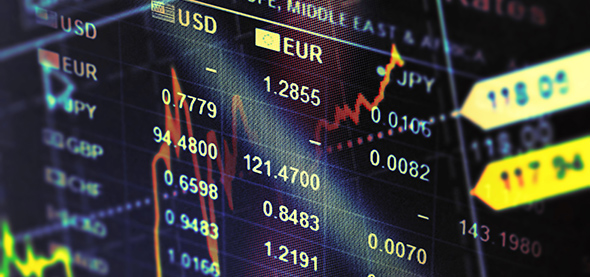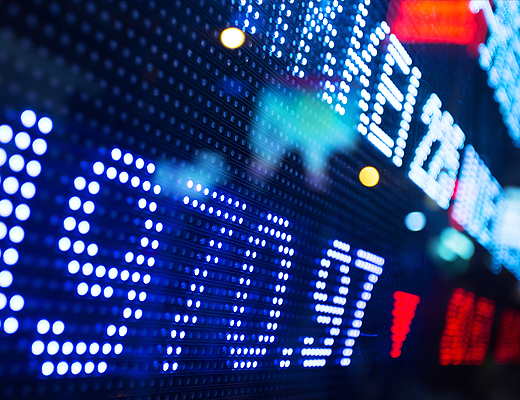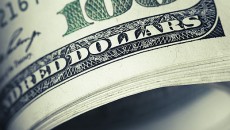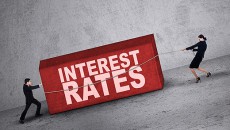
From U.S. stocks to Asia to the Eurozone, there has been a major shakeup in the markets. Weeks after Democratic presidential candidate Hillary Rodham Clinton spoke out about overpriced prescription drugs, the healthcare sector has still not recovered from its steep drop in stock prices. The healthcare sector, and most predominantly, the biotechnology sub-sector, have been on a losing streak and the worst performers of the S&P 500 last week (Oct. 19 – 23).
On the other side of the spectrum, technology stocks have increased by 2.8% and caused the S&P 500 to rise by 0.9%, and overall by 0.6% for the year. The best performing technology company has been Microsoft whose shares rose 11.61 percent to $53.61, their highest in 15 years. Alphabet, Google’s new holding company, advanced by 10.5 percent to $752.50, while Amazon raised to $619.45. Apple had a gain of 2.6 percent that pushed their stock price to $118.47. Social media company Facebook rose 2 percent and surpassed the $100 mark for the first time while Twitter was up 3.9 percent lifting up their stock price to $30.27.
Overall, all three major U.S. indexes rose to more than two-month highs on Friday due to the strong performance of the healthcare sector, the uncertainties in the Eurozone, and China’s decision on cutting banks’ reserve-requirement rates.
The state of China’s economy continues to keep people worried. First, commodity prices declined over the past year due to a drop in demand causing an economic slowdown in China. Then, China unexpectedly devalued its tightly controlled currency, the yuan, in an effort to make their products less expensive in global markets. The anticipated result being to increase export and boost production. Now, the country’s central bank decided to decrease interest rates and lower their banks’ reserve-requirement ratios by a half-percentage. As previous actions have not been as successful as anticipated, changes in the banks’ requirements are aimed at lowering corporate financing costs and moving liquidity into the economy.
Looking at the state of Europe, it seems as though the quantitative easing plan implemented in 2014 has not met the twelve-month economic growth expectations in the region. Last Thursday, Oct. 22, European Central Bank President, Mario Draghi, dropped hints at a possible expansion of a stimulus program. The reason for taking on more bond-buying actions is to stimulate private-sector spending and investments which should further boost inflation and overall growth. As a result from his speech, the euro sank against the dollar while stocks and bonds in the Eurozone surged.
Article submitted by Natalie von Cieminski of the Capital Markets Lab. To learn more about the Capital Markets Lab please visit their web site http://business.fiu.edu/capital-markets-lab/.





